buy demerol online
buy demerol online ,Demerol (Meperidine) is a prescription opioid analgesic used to treat moderate to severe pain. It acts on the central nervous system to change how the body feels and responds to pain. Demerol is available in tablet, liquid, and injectable forms, and is typically prescribed for short-term pain management when other pain relievers are ineffective or not tolerated.
The active ingredient, meperidine hydrochloride, belongs to a class of drugs known as narcotic (opioid) analgesics. It works by binding to opioid receptors in the brain, reducing pain signals and creating a sense of relief. Because of its potency and risk for dependence, misuse, or addiction, Demerol should only be used under strict medical supervision.
Common uses for Demerol include postoperative pain, injury-related pain, or severe chronic pain that requires opioid treatment. Patients should take Demerol exactly as prescribed and never increase the dose without consulting a healthcare provider.
Possible side effects may include dizziness, nausea, drowsiness, constipation, or lightheadedness. Serious side effects, such as shallow breathing, confusion, or allergic reactions, require immediate medical attention. Demerol may interact with other medications, including MAO inhibitors, sedatives, and alcohol, increasing the risk of serious complications.
Always store Demerol securely, away from children or unauthorized users. Dispose of unused medication safely according to FDA guidelines.

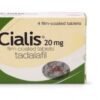
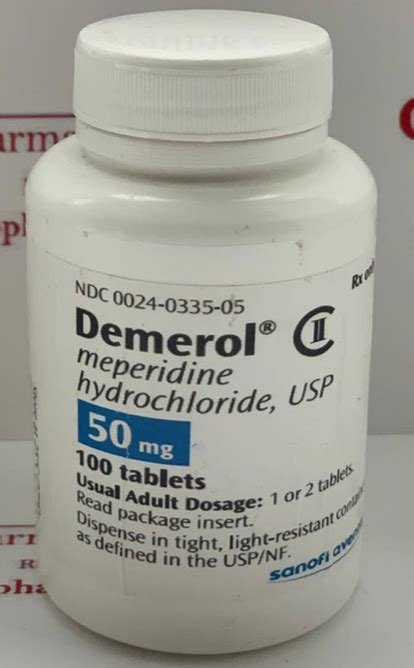


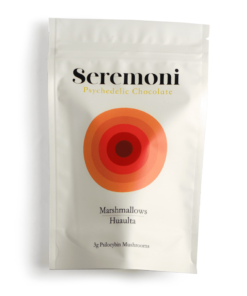
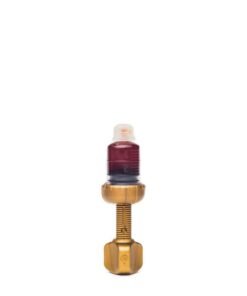


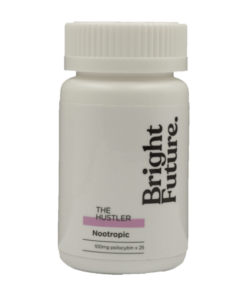
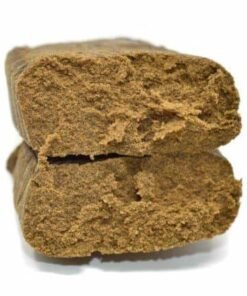

Reviews
There are no reviews yet.